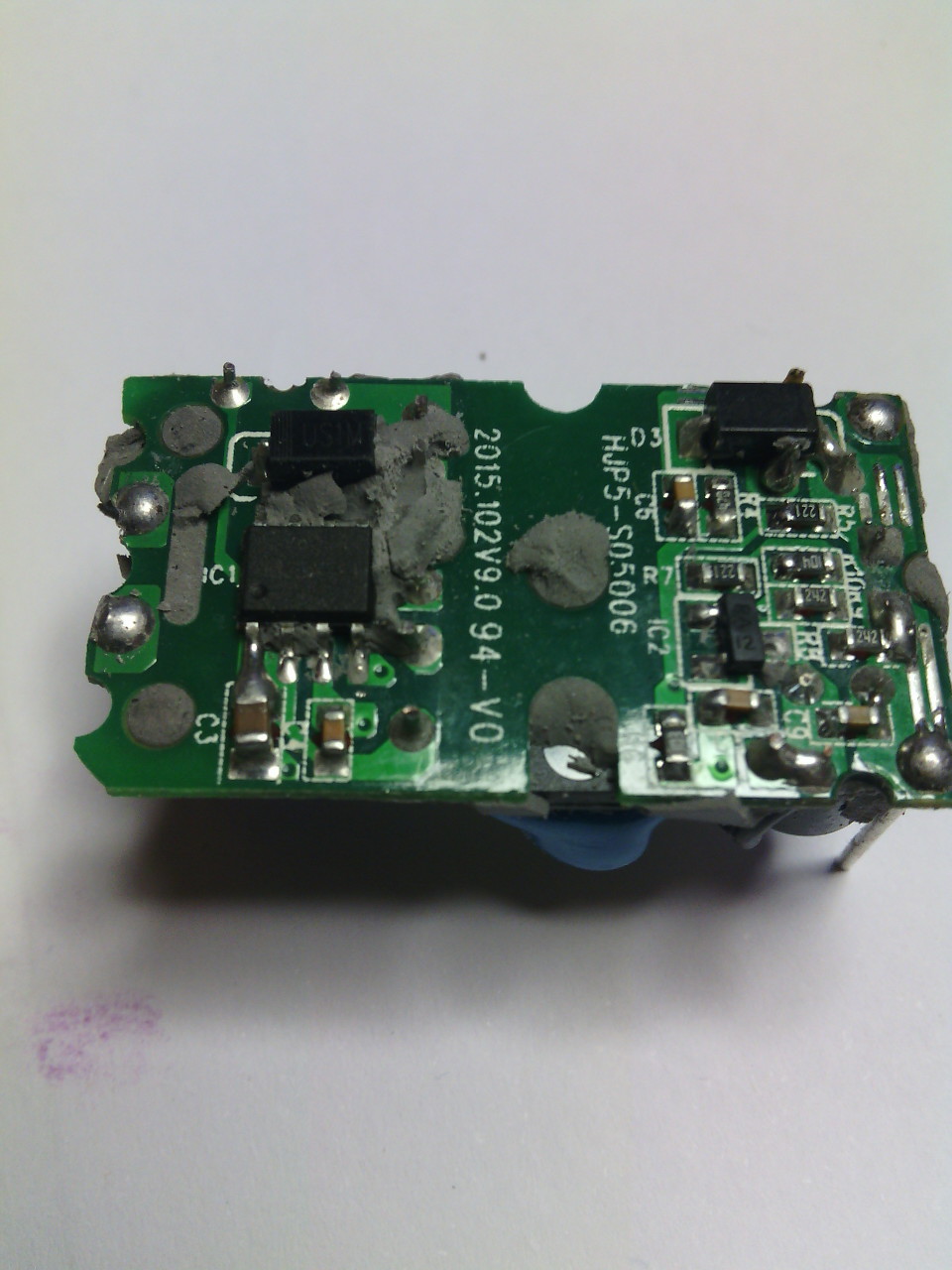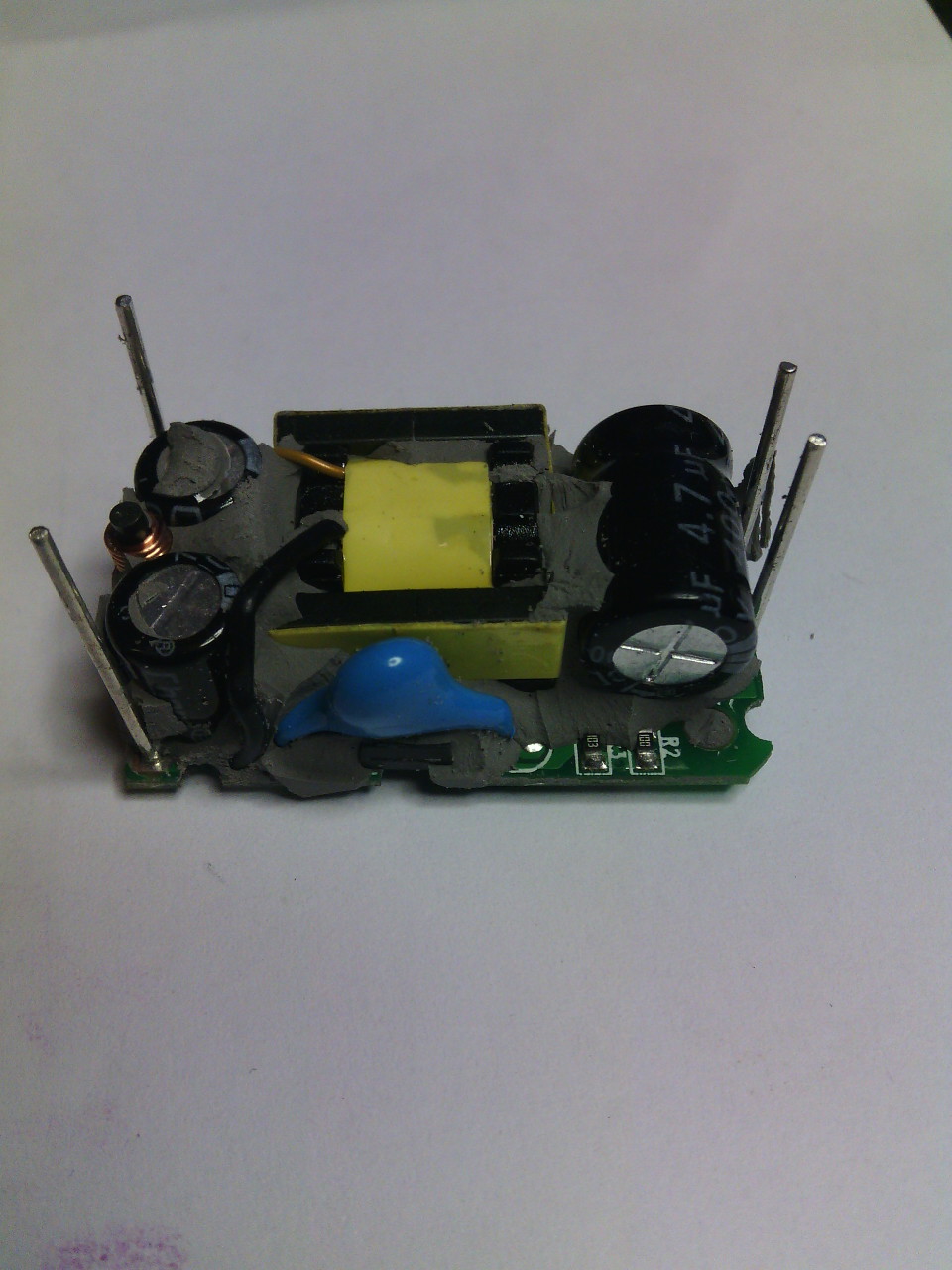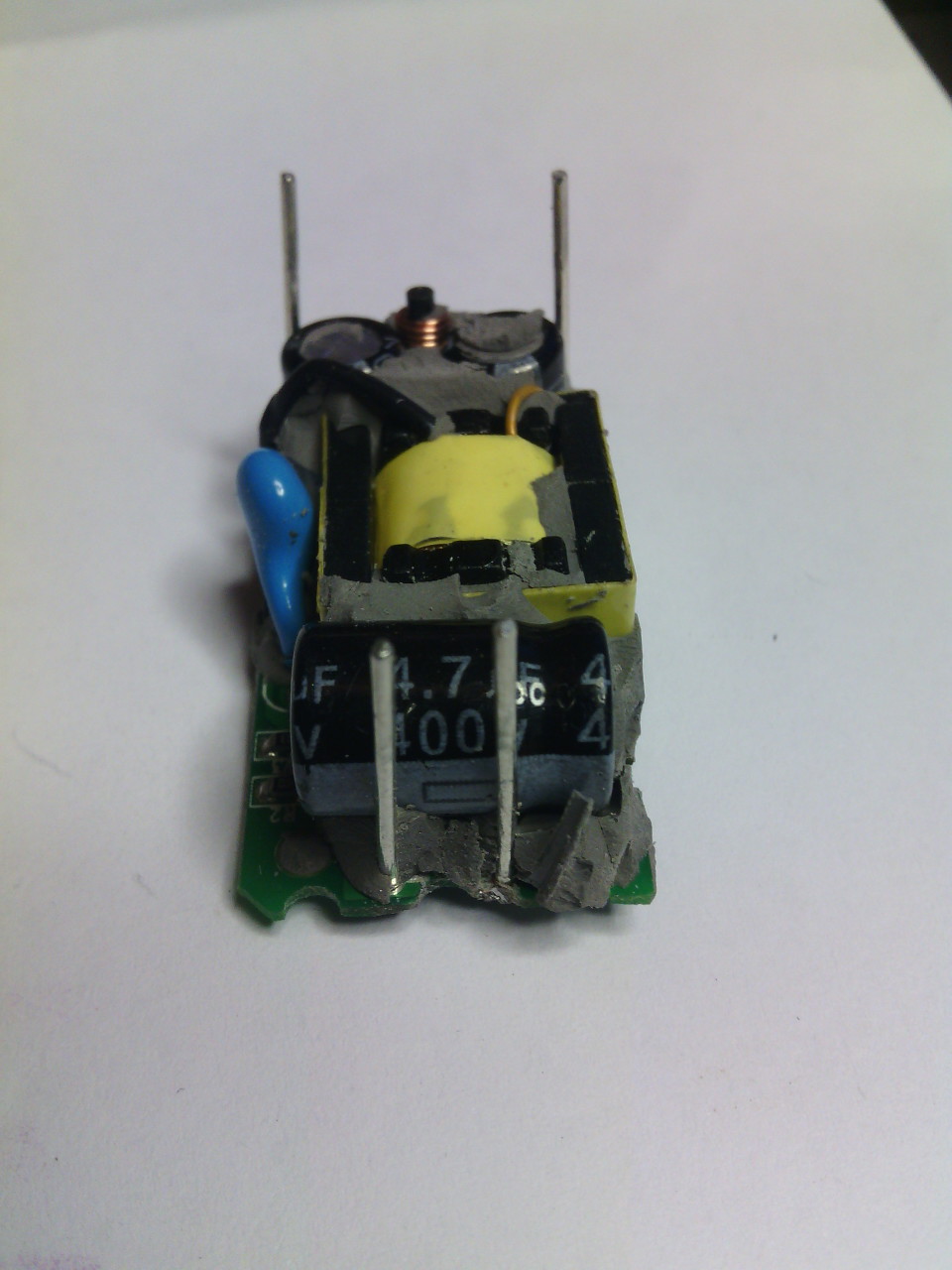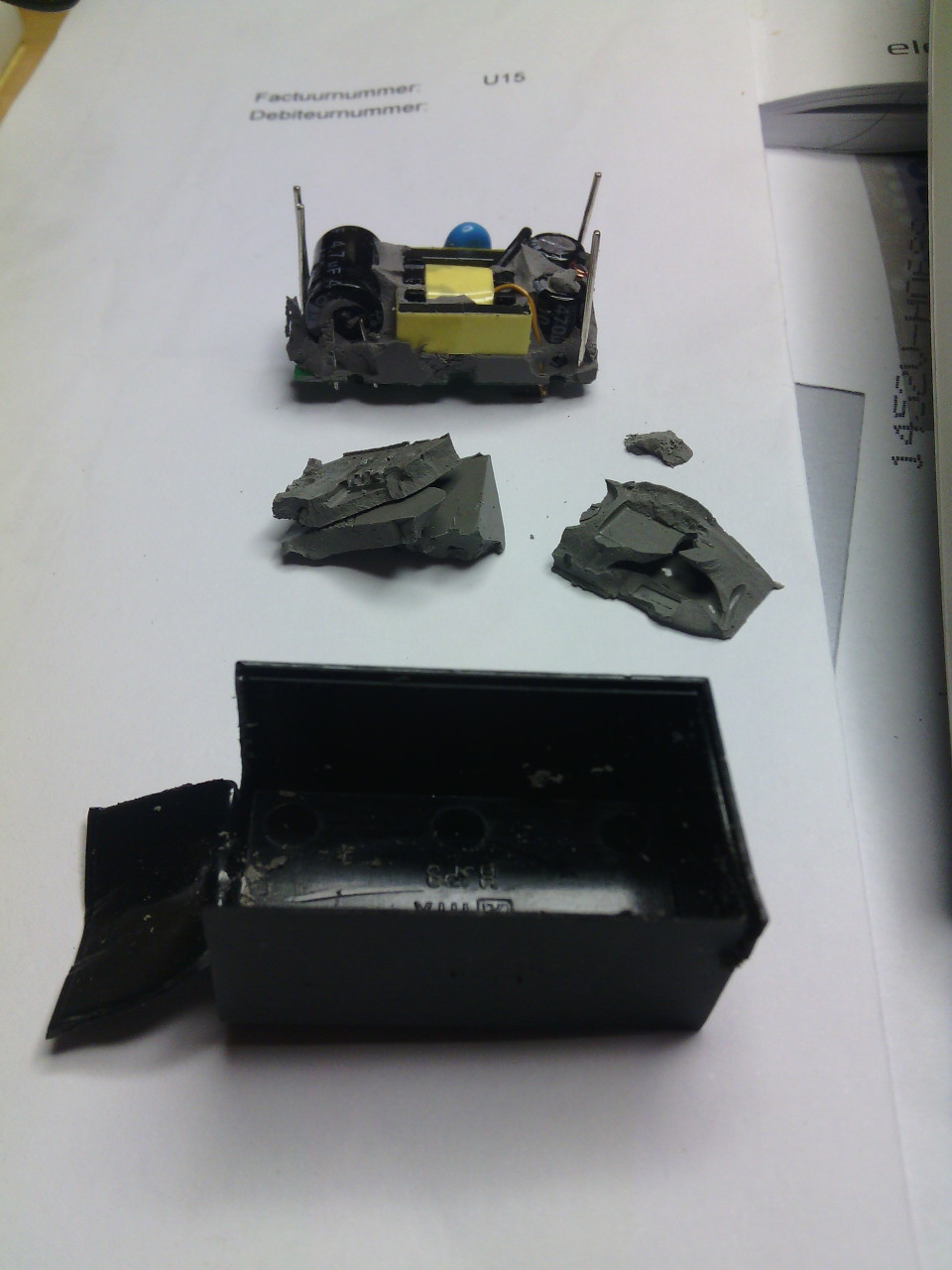Safe In-Wall AC to DC Transformers??
-
@Jan-Gatzke Ah yeah that's probably a neater option as well I think. Sure I can find something suitable like that.
I have heatshrink but I just figured it wouldn't 100% cover the solder joints on the PCB.@Qu3Uk there is something called liquid tape. It's expensive.... Cool stuff though
-
@Moshe Livne. thank you for the trick. I didn't know this. it could be very useful sometimes.
-
@Jan-Gatzke Ah yeah that's probably a neater option as well I think. Sure I can find something suitable like that.
I have heatshrink but I just figured it wouldn't 100% cover the solder joints on the PCB.@Qu3Uk Also, worse comes to worse, use PU construction adhesive. very messy but they are rated for electrical conductivity and fire. if you ever want to take this off, you are in big trouble....
-
@Qu3Uk , is a small plastic box a option? Maybe some 3D-printed, with some ventilation holes on two sides, as small as the PCB + components?
@rvendrame Waiting on some boxes but I'm also wanting to protect the connections inside the box, figure it'll also be a little neater maybe.
-
@Didi Any initial results? curiosity is killing me....
-
@Didi Any initial results? curiosity is killing me....
-
@Moshe-Livne said:
@Didi Any initial results? curiosity is killing me....
Sorry Moshe no tests,i was in holidays with my kids
@Didi :disappointed:
-
Last week I carried out an elektrical safety test on the HLK-PM01 to NEN 60101 (Dutch test for medical equipment) and it performed pretty well. I will try to post the file, after I removed some private information :-)
Furthermore I am building a automated load tester that relates variable loads to output voltages and surface temperatures, based on an Arduino Nano. -
Last week I carried out an elektrical safety test on the HLK-PM01 to NEN 60101 (Dutch test for medical equipment) and it performed pretty well. I will try to post the file, after I removed some private information :-)
Furthermore I am building a automated load tester that relates variable loads to output voltages and surface temperatures, based on an Arduino Nano. -
Last week I carried out an elektrical safety test on the HLK-PM01 to NEN 60101 (Dutch test for medical equipment) and it performed pretty well. I will try to post the file, after I removed some private information :-)
Furthermore I am building a automated load tester that relates variable loads to output voltages and surface temperatures, based on an Arduino Nano. -
Maybe the "Samsung ETAOU10EBE" phone charger is also an idea to use. I have one for my phone, and it is very small.
I haven't opened it (i use it for my phone, dohhh), but the charger is small, so the PCB inside will be even smaller.It is 5V @ 700mA with a microUSB wire. I got a second one from eBay, which was being sold as 'genuine'. And to be honest, i really don't see any difference with the one that came with my phone. It is working fine for more than a year.
-
Well, here is the test file. I made it using test software named Ansur and a Fluke ESA640 tester in a Class II test setup.
The only problem is that some test results are in Dutch. -
Sorry for the language thing. I will try to get some tests in English in the future.
The tester used is designed for tests of medical equipment and this specific test proves that this specific HLK was safe. The problem is, however, that it does not prove anything with respect to the safety of other HLK's.In the mean time, the same HLK is feeding a load of 730 mA. It's output voltage is 5.08 volts and the case temperature is Temp C: 46.81 Temp F: 116.26105.
@Didi. You are correct. I work in a hospital. I will try to setup the Fluke to English.
-
Wait Mike, there is more ...
I sacrificed a device to the altar of success and opened it.
That was not very difficult. After scratching away some gum stuff the following was revealed.
I will try to remove the rest of the gum with acetone. I will also do some heat and burn tests.This is quite funny to do :-)




-
And I found the AP8012 chip inside. It has the following features:
_1286955514_oj99d4.pdf

